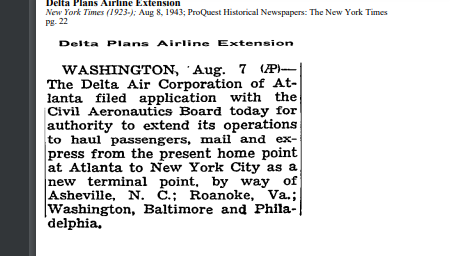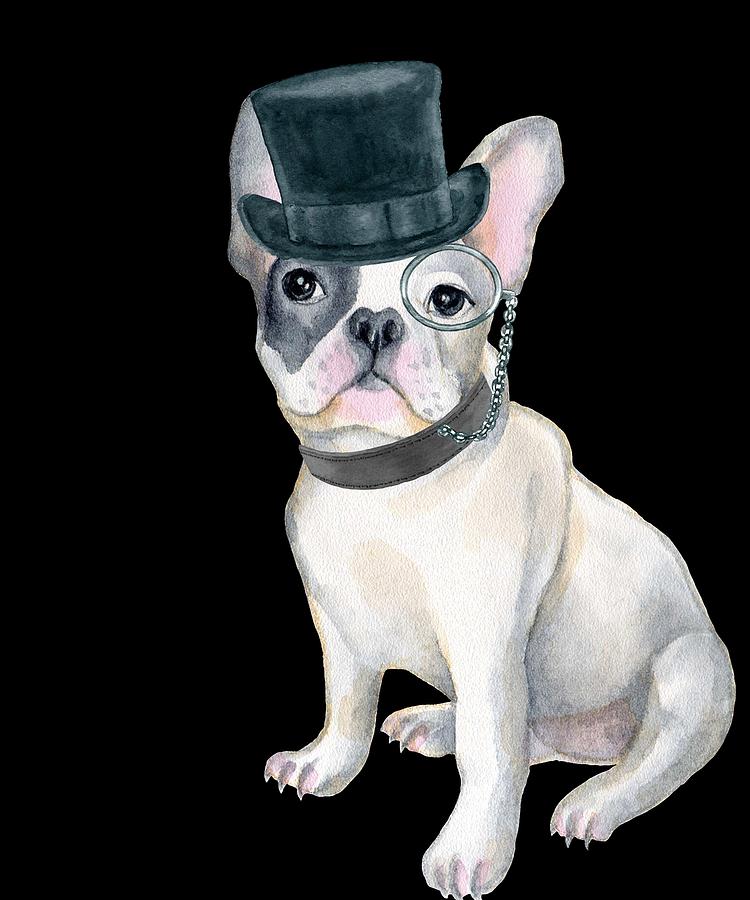Introduction
Delta Airlines is one of the world’s largest airlines, with a rich history spanning over 90 years. Founded in 1924, Delta has grown from a crop-dusting operation to a global airline that serves more than 300 destinations in over 50 countries. This post will explore the history of Delta Airlines, from its early beginnings to its current status as a major player in the airline industry.
Early Years
Delta Airlines was founded in 1925 as Huff Daland Dusters, a crop-dusting company based in Macon, Georgia. The company’s founder, Collette E Woolman recognized the potential for commercial aviation and decided to expand the company’s operations to include delivery and passenger flights.

Huff Daland, Delta, played a significant role during the 1920s and continues to play a vital role in commerce. During the 1920s crop dusting was part of the reason for the decline in crop prices advancing the great depression. Crop dusters allowed farmers to tend to larger land plots leading to increased production. The overproduction of food drove down food prices and during an economic depression the demand for food went down and everyone suffered. Looking forward to after the great depression, the practice of crop dusting is still in practice in 2023, to plant crops over a large spread of land and mass produce crops. The importance of crop dusting is cited by different papers during the 1920s. In 1925 Alabama newspaper, The Montgomery Advertiser, printed a story about failing cotton crops due to weevils and offered Huff Dusters as a solution to the problem, “foretelling of the greatest weevil emergence in history…State department of agriculture arrangements have been completed with the Huff Daland Dusters, Inc., to give a demonstration of airplane crop dusting.” The demonstration in Alabama proved to be successful. A few months later a Pennsylvania based newspaper, The Bristol Courier, published a story about Huff Daland’s agriculture contracts and tract record, “Airplanes of Huff Daland Dusters Inc., will protect 65,000 acres of cotton this year from insect pests.” The paper also talked about how Huff Daland Dusters are holding contracts in the south not only because of their ability to protect crops but also for their ability to bring manufacturing jobs to rural areas. “At the new airplane factory of the Huff Daland Company which is to be located in a portion of the merchant shipyard here, airplanes will be built to be used in dusting the Southern cotton fields.”
The success of Huff Daland Crop Dusting allowed the company to transition to commercial flights in addition to crop dusting. In 1928 The New York Times published an article titled, “Flying School Started Here”. The article is about Huff Daland hiring and training commercial pilots to operate the crop dusters while reassuring readers about the safety of aircrafts, “The Huff Daland Dusters, Inc., …have conducted dusting operations all over the south, in Mexico, and in Peru. Not a single fatality has occurred in any of their dusting operations, although this is considered one of the most hazardous types of flying.” The positive news coverage of Huff Daland Dusters gives the brand credibility as safe, professional, and efficient. Huff Daland soon changed its name to Delta airline and began doing passenger and cargo flights in addition to crop dusting.
In 1928 Huff Daland expanded into passenger flights from just crop dusting and changed its name to Delta air service. Delta was the first airline to allow passenger flights and they started with airports from Dallas Texas to Jackson Mississippi. The next year Delta expanded across the south to include services to Georgia and Delta air service changed its name to Delta Air Corporation. Starting in 1934 Delta began contracting work for the US Post office delivering mail via air from various post offices. Bringing mail via airplane significantly reduced the time it takes for people to receive mail and the cost to transport it long distance. In 1935 Delta began running night flights setting the current standard of nocturnal flights.
World War II (During and Post)
During World War II, Delta Air Lines was contracted by the U.S. military to provide air transport services. After the war, Delta resumed its commercial operations and continued to expand its route network. In the late 1940s and early 1950s, the airline began flying to destinations in Europe and South America, cementing its status as a major international carrier.
Expansion and Innovation
Throughout the 1950s and 1960s, Delta Air Lines continued to expand its route network and modernize its fleet. In 1955, the airline introduced the first commercial jet service with the Douglas DC-8, which was faster and more efficient than the propeller-driven planes that had dominated the industry up to that point. Delta also introduced stewardesses in the Delta DC-8 and DC-9 jets. During the 1970s, Delta faced increasing competition from other airlines, including low-cost carriers such as Southwest Airlines. To remain competitive, the airline began to focus on providing high-quality service and amenities to its passengers, including upgraded seats and in-flight meals.
Mergers and Acquisitions
In the 1980s and 1990s, Delta Air Lines underwent a series of mergers and acquisitions that helped to cement its status as one of the world’s largest airlines. In 1984, the airline merged with Western Airlines, adding routes to the western United States and Hawaii.
In 2000, Delta merged with Korean Air, creating a strategic alliance that allowed the two airlines to share routes and resources. Continuing throughout the 200s, Delta Air Lines continued to expand its operations and modernize its fleet. The airline added new routes to Asia, Africa, and the Middle East, and began to focus on providing more personalized service to its passengers. Looking forward to 2012, Delta acquired a 49% stake in Virgin Atlantic Airways, giving the airline access to new routes and expanding its presence in Europe. Six years later in 2018 when climate change became a primary concern for businesses, Delta announced plans to purchase a total of 20 new Airbus A350 aircraft, which are more fuel-efficient, and have a lower carbon footprint than previous models and methods of air transportation.

Looking forward Delta airlines created a demand for more pilots which worked in both peace and war time. During World War 1 America started to build its air force then in a time of peace from 1919–1939 the United States invested in aviation and during World War 2 the USAAF peaked with approximately one million airplanes. The grand size of the United States Army Air Force can be attributed to companies such as Delta that managed to mass produce planes and pilots.
Sources Used
Downs, Eldon W., and George F. Lemmer. “Origins of Aerial Crop Dusting.” Agricultural History 39, no. 3 (1965): 123–35. http://www.jstor.org/stable/3740251.
Federico, Giovanni. “Not Guilty? Agriculture in the 1920s and the Great Depression.” The Journal of Economic History 65, no. 4 (2005): 949–76. http://www.jstor.org/stable/3874910
https://www.newspapers.com/image/413687705/?terms=Huff%20Daland&match=1
https://www.newspapers.com/image/82051137/?terms=Huff%20Daland&match=1
https://news.delta.com/deltas-history-dusting-crops-connecting-world

Ramapo College senior majoring in history. My concentration is in the 1920s machine politics in major cities. In particular the unsustainability of the machine politic model.
